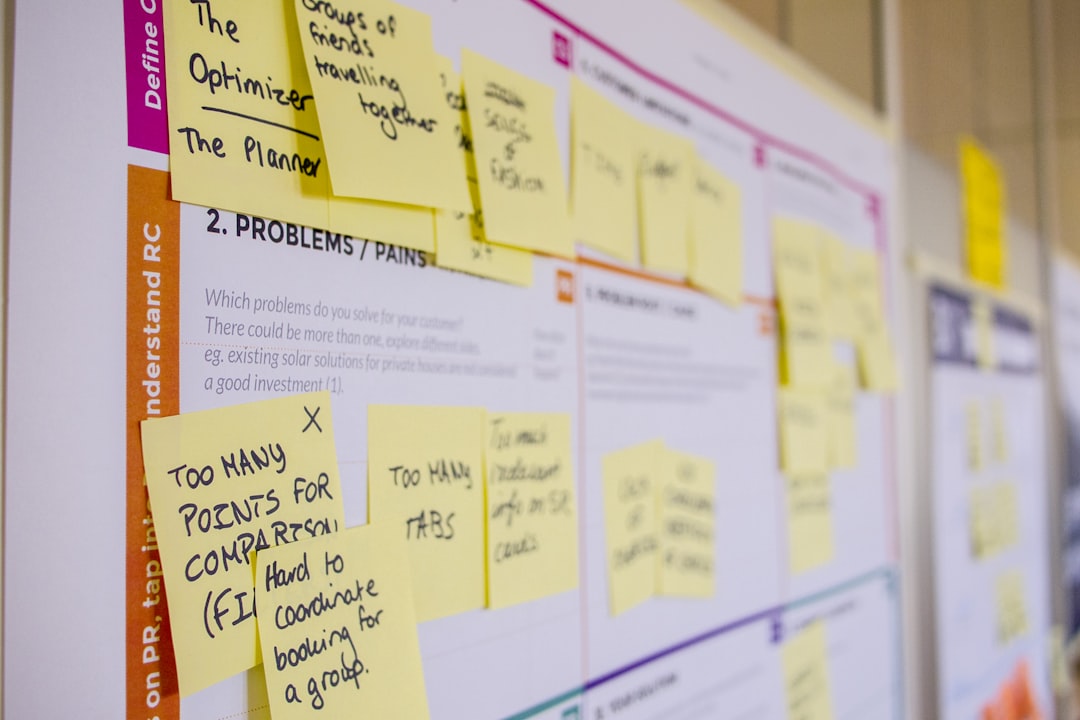
Building Event Stacks for Effective UI State Management Strategies
In the modern digital landscape, effective UI state management is critical for delivering seamless user experiences. As applications grow increasingly complex, managing the state of user interfaces (UIs) becomes a challenging task. One powerful approach to tackle this challenge is by building event stacks, which can significantly enhance the way applications manage UI states. This article explores the concept of event stacks and offers strategies for effective UI state management.
Understanding Event Stacks
Event stacks are collections of events that an application can respond to, allowing it to maintain and manage UI state efficiently. Each event in the stack represents a specific interaction or change that has occurred, such as user inputs, network requests, or system notifications. By organizing these events in a structured manner, developers can create a flow that simplifies state management.
The Importance of UI State Management
Effective UI state management ensures that applications behave predictably and maintain a responsive user experience. Poorly managed states can lead to unexpected behaviors, confusing interfaces, and ultimately, user frustration. By leveraging event stacks, developers can establish a clear relationship between user actions and the resulting state changes, making it easier to debug and maintain applications.
Building Your Event Stack
1. Identify Events
The first step in building an effective event stack is to identify the key events that will affect your UI state. This can include user interactions like clicks, form submissions, and page navigation, as well as external events like API responses or timeouts.
2. Use a State Management Library
Libraries like Redux, MobX, or Vuex provide frameworks for managing application state with event stacks. These libraries offer tools to define actions, reducers, and the overall state structure. By utilizing such libraries, developers can streamline their event handling processes and ensure consistency across their application.
3. Implement Middleware
Middleware can be an excellent addition to your event stack, allowing you to intercept events for logging, error handling, or asynchronous operations. For example, Redux middleware like Thunk or Saga can help manage side effects, ensuring that your UI remains responsive while handling complex interactions.
4. Create a Clear Flow
Designing a clear flow for your event stack is crucial. Use a unidirectional data flow to establish how events propagate through your application. This helps maintain a predictable state, making it easier to understand how user interactions affect the UI.
Case Study: A Real-World Application
Consider a real-world application like an e-commerce platform. In this scenario, users may add items to their cart, remove them, or apply discount codes. Each of these actions generates events that need to be captured and processed. By building an event stack that handles these interactions, developers can ensure that the cart’s UI accurately reflects the current state, providing users with immediate feedback on their actions.
Current Trends in UI State Management
As technology evolves, so do the strategies for managing UI state. Emerging trends in UI state management include:
- Reactive Programming: Utilizing libraries like RxJS allows developers to manage asynchronous data streams effectively, providing a more dynamic UI experience.
- Micro Frontends: This architectural trend allows teams to work on different parts of the UI independently, requiring robust event management strategies to maintain overall state coherence.
- Server-Side Rendering (SSR): As more applications adopt SSR, managing state effectively between the server and client becomes crucial. Event stacks can help bridge the gap between these two environments.
Tools and Resources for Further Exploration
To delve deeper into building event stacks and effective UI state management, consider the following resources:
Conclusion
Building event stacks for effective UI state management is a crucial skill for modern developers. By understanding the principles of event handling and applying them strategically, you can create applications that deliver a seamless user experience. As you explore the various tools and frameworks available, remember that a clear, structured approach to managing events will lead to better maintainability and user satisfaction.
Don’t forget to subscribe to our newsletter for more insights on UI development and state management strategies. Share your thoughts in the comments or try out the tools mentioned above to enhance your development skills!
Glossary of Terms
- Event Stack: A collection of events that are handled to manage UI states.
- Middleware: Software that acts as a bridge between an application and its data.
- Redux: A state management library for JavaScript applications.
- Reactive Programming: A programming paradigm oriented around data flows and the propagation of change.
By integrating these strategies into your development practices, you can master the art of UI state management—ultimately leading to more robust and user-friendly applications.


